Benefits of Spray Foam Insulation For Attic
Ever wondered why your energy bills get so high that it makes you feel you are paying for energy you don't use? According to the US Department of Energy, the (HVAC) system in a home takes 56% of the total energy used.
Holes, gaps, and air leaks around the house cause a lot of energy to waste due to air filtration. In this article, we will discuss the benefits of attic Insulation using spray foam, why it is necessary for a home, how to install one, and the cost of installing spray foam insulation.

Does My Home Need Attic Insulation?
Every home should be comfortable, and the attic is an important part of the house designed to protect from heat, cold, and humidity. If you are experiencing one of the following in your home, then you need to get attic insulation;
- Drafty Rooms
- Uneven temperature across the rooms in the house
- Cold or Hot walls, ceilings
- Ice dams during winter
What are the Benefits of Spray Foam Attic Insulation?
Spray foam insulation is a chemical product composed of a polyurethane-type liquid and expands to fit the interior of a stud wall when exposed to air. Spray foam roof Insulation is one of the most reliable types of insulation of all the attic insulation replacements, and it is necessary for a home for many reasons.
Energy Saving
According to The U.S. Environmental Protection Agency (EPA), a building can lose as much as 40% of its energy consumption to air filtration. They are holes and gaps in your home that cause air leaks. Spray foam acts as an air sealant to block all air leaks and reduce energy wastage.
Heating, Ventilating, and Air conditioning (HVAC) systems account for more energy consumption in the home. Using spray foam in the attic will cause thermal insulation between the house and the environment. Furthermore, spray foam attic insulation energy savings in a home is up to 20% because the HVAC system achieves a faster-balanced temperature
R-Value
Every insulation material has an R-value that stands as its thermal resistance value. R-value is the measure of the efficiency of insulation material, and it shows the degree to which conductive heat flow can be resisted by insulation material. The attic insulation r value chosen has to be high because the higher the R-value, the more efficient the insulation material is in resisting conductive heat flow.
Spray foam insulation's R-value is one of the highest for an thermal insulation material, with an R-value of 5.6 - 8 for closed-cell foam and 3.5 per inch for Open-cell foam. Choosing the perfect attic insulation types is based on some factors like house locations, climate conditions, and insulation goals. Both types of spray foam insulation are effective when applied appropriately.
Noise Reduction
Noise from your surrounding environment is another discomfort that spray foam attic insulation solves by reducing the noise from outside.
Elimination of The Moisture
Closed-cell foam and open-cell foam are both effective ways to manage moisture in the house. The closed-cell foam is preferred because it does not absorb water, unlike the Open-cell foam, which absorbs some moisture but allows it to drain. Choosing the perfect type of foam insulation depends on your choice, location, and climate zone because both types of attic insulation are effective.
Elimination of Thermal Bridges
The transfer of heat through material more conductive than the materials around it is known as thermal bridging. It is a situation where there is a direct heat transfer between the outside and inside of a building through wood, steel beams, etc. Using spray foam insulation for the attic of the building, unwanted heat transfer reduces and saves energy consumption.
Over Paintable
Spray foam can be painted over but has to be after a while, or it will reduce the effectiveness of the foam.
Easy to Install
It is an easy-to-install procedure carried out by some homeowners.
No Need For Mechanical Fixing After Application
After applying the spray foam, it does not require additional mechanical fasteners like nails, screws, cement, etc to hold it in place.
Can I Do My Own Attic Insulation?
Spray foam roof Insulation can be applied by just about anyone that has the Spray foam application apparatus. Home Insulation is a Do it yourself (DIY) procedure as long as the following application apparatus are available;
- A can of the spray foam insulation
- A spray foam gun
- Disposable overall (which includes gloves, masks, and goggles)
- Foam cleaner
How Much Does It Cost to Spray Insulation in Your Attic?
Insulation is very important in a building because it provides comfort and reduces energy consumption. Nevertheless, it is not a cheap procedure, but the price for attic insulation is small when compared to the comfort and reduced energy cost it provides all year round.

To calculate the Spray foam attic Insulation cost of your building, you must consider the attic's size and the attic's thickness based on the studs used.
- Step 1:
Calculate the area of the attic. Let us assume your attic has a height of 10ft and a width of 10ft. The attic area becomes 10ft x 10ft = 100 square ft.
- Step 2:
Determine the level of R-value your insulation should have. You can easily find the level of attic’s R-value using R-value insulation chart. Find your house’s zone on the map, and then see the R-value insulation chart to find out what level of R-value your insulation should have. For example, if you have a closed-cell insulation that has an R-value of R-5 per inch of thickness, you will need a depth of 4-inches of this insulation installed to reach R-20.
- Step 3:
Multiply the area of the attic by the thickness of the insulation you need. In our example, the number of insulation to be installed becomes 100 X 4 = 400 sq ft inches.
Depending on the spray foam insulation type you want, the cost will differ for the same area. For open-cell spray foam with the cost of $0.35 - $0.6 per board ft, the cost is $140 (0.35 x 400) to a range of $240 ($0.6 x350). Using the closed-cell spray foam with the cost of $1.0 - $1.5 per board will cost $400 - $600 for the same area.
Getting a professional to do the same job will cost between $1500 - $4000 depending on several factors like Labour hours, type of insulation, and location.
Conclusion
Spray foam insulation is one of the best types of insulation because it acts as a sealant and helps conserve energy consumption. Every home needs to be insulated to make it comfortable to live in during harsh weather, and spray foam insulation is also a process that can be done with little or no supervision.
2 comments
Author : Krakenbond Team





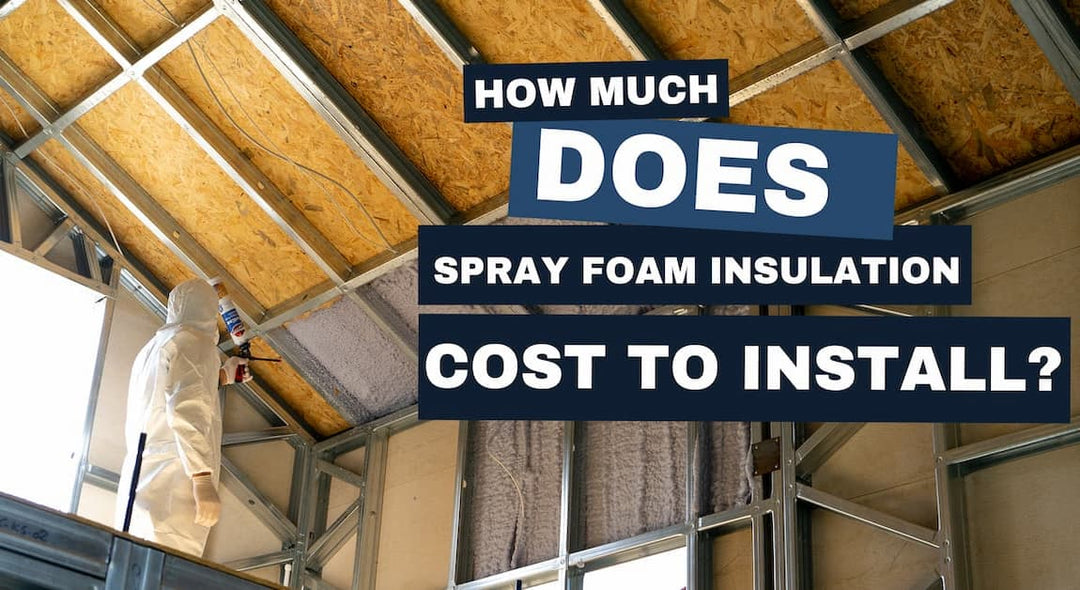
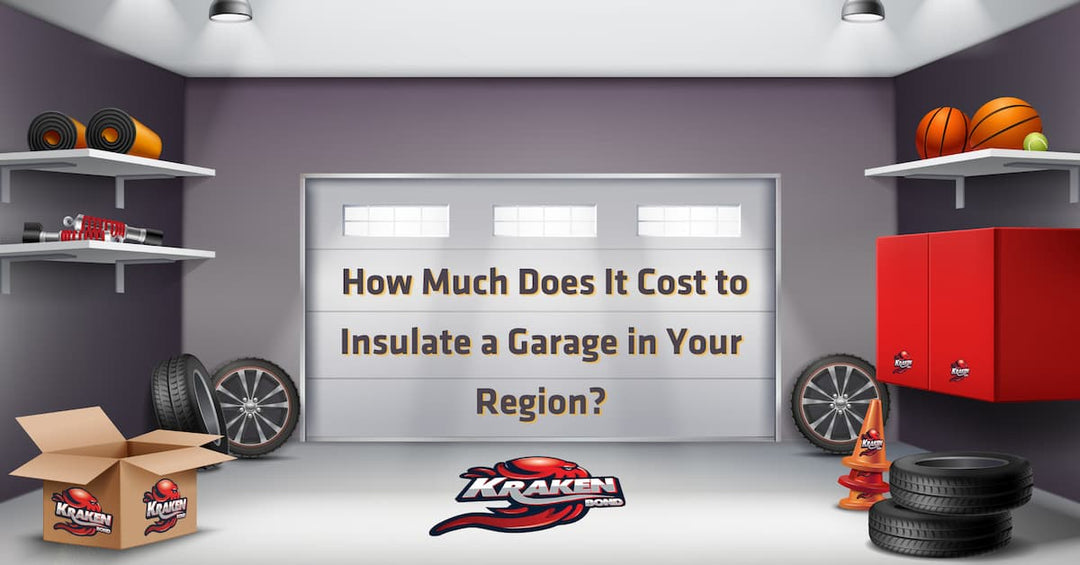

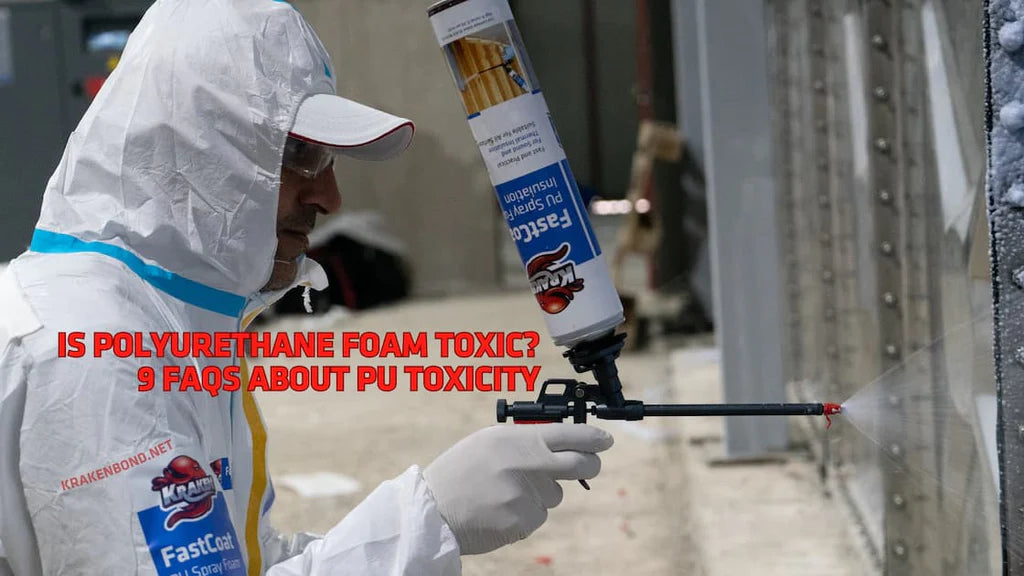
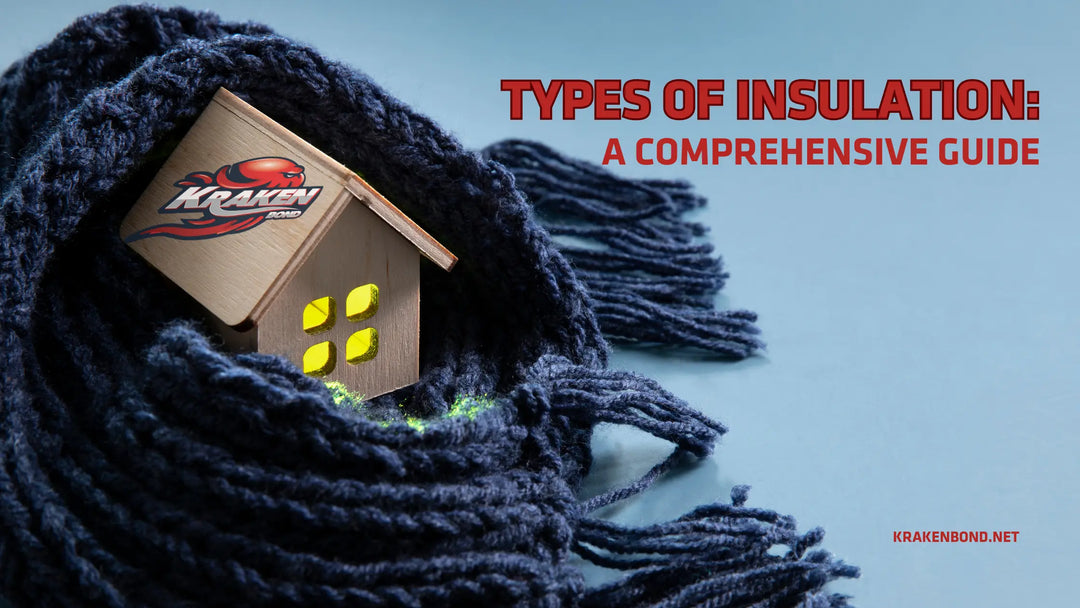
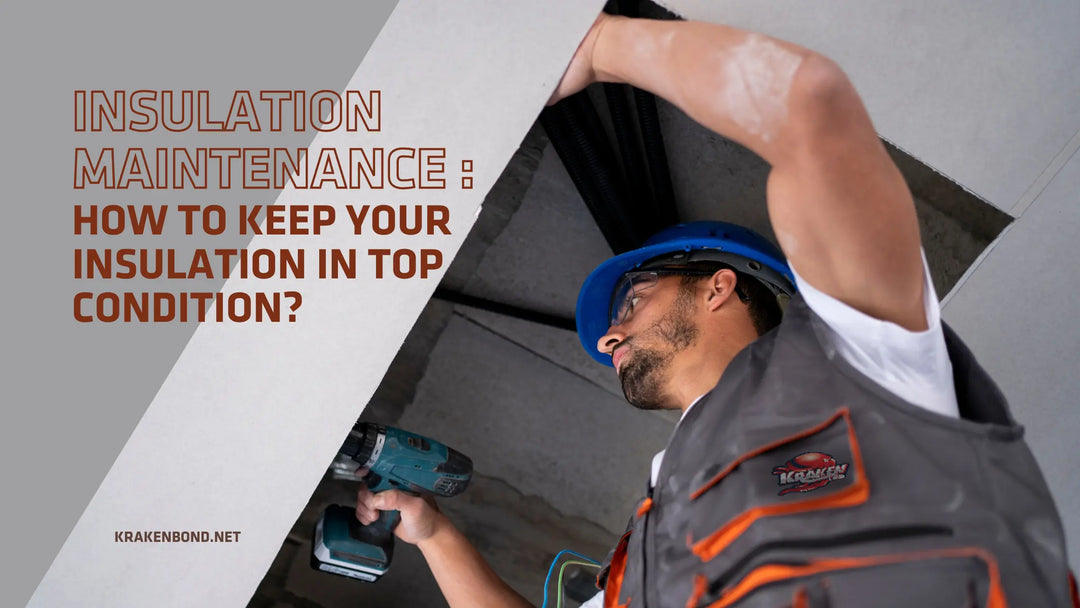
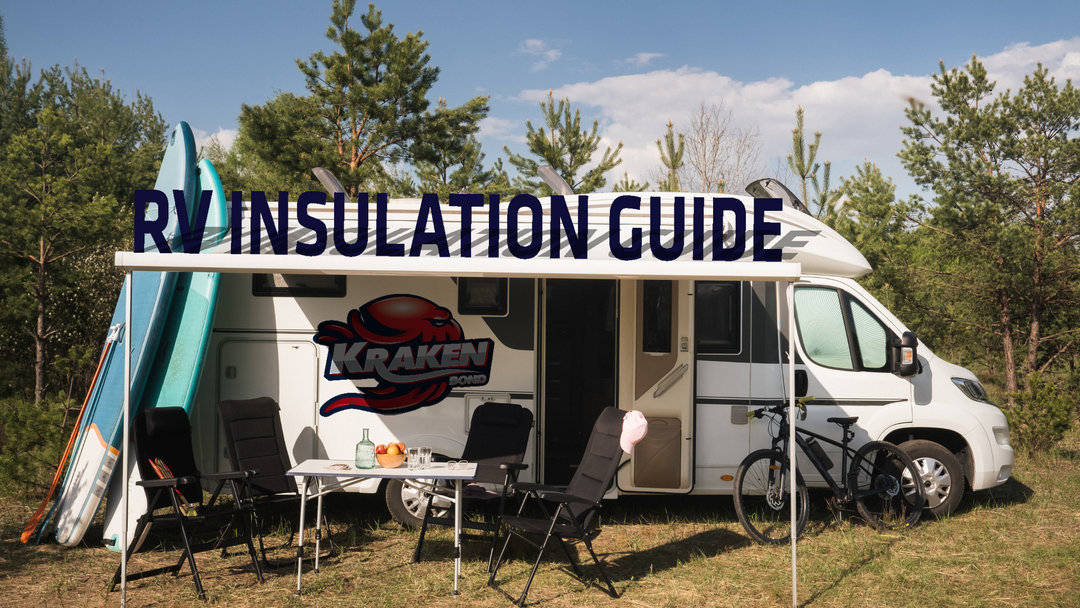
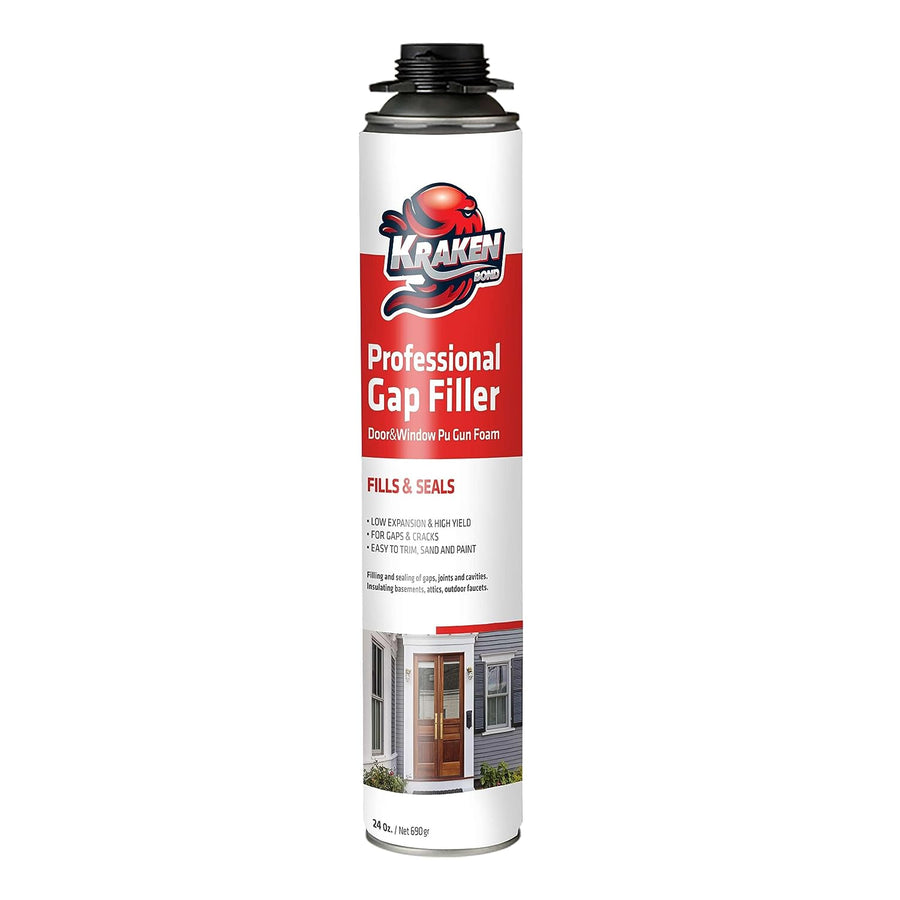
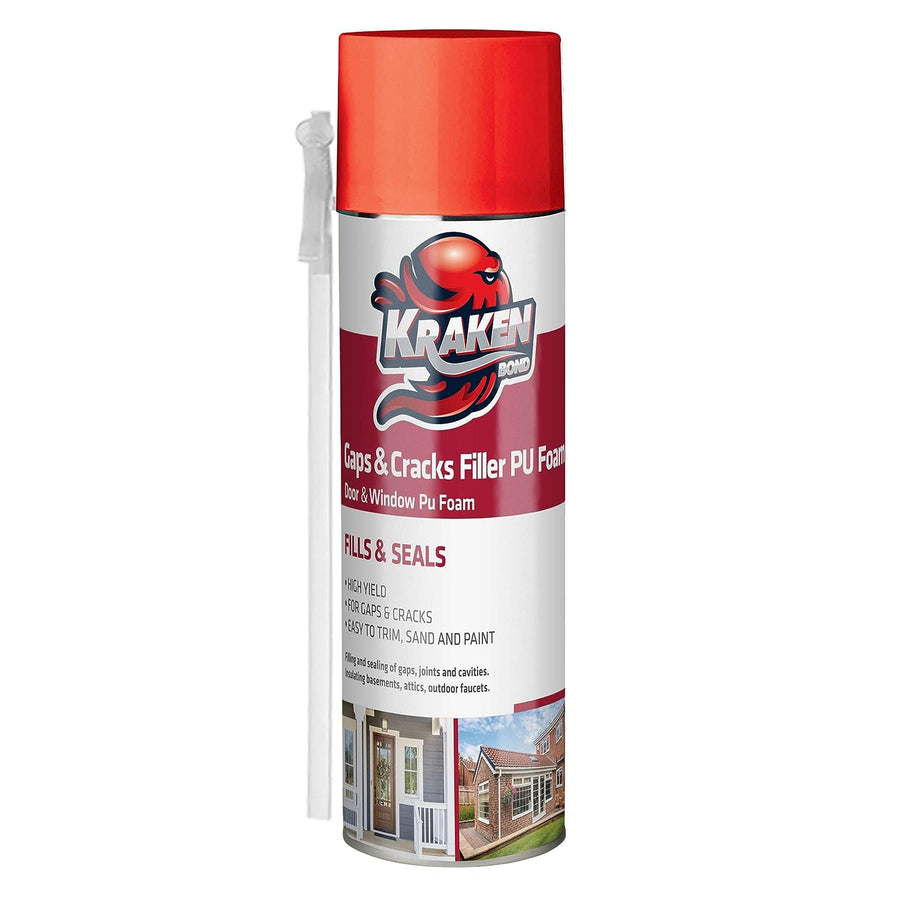
Where do I find the map this information refers to?
Thank you
How do I spray 45 deg angle attic without wasting part of the can. Do you sell an angled adapter to attach to the gun.?
Leave a comment